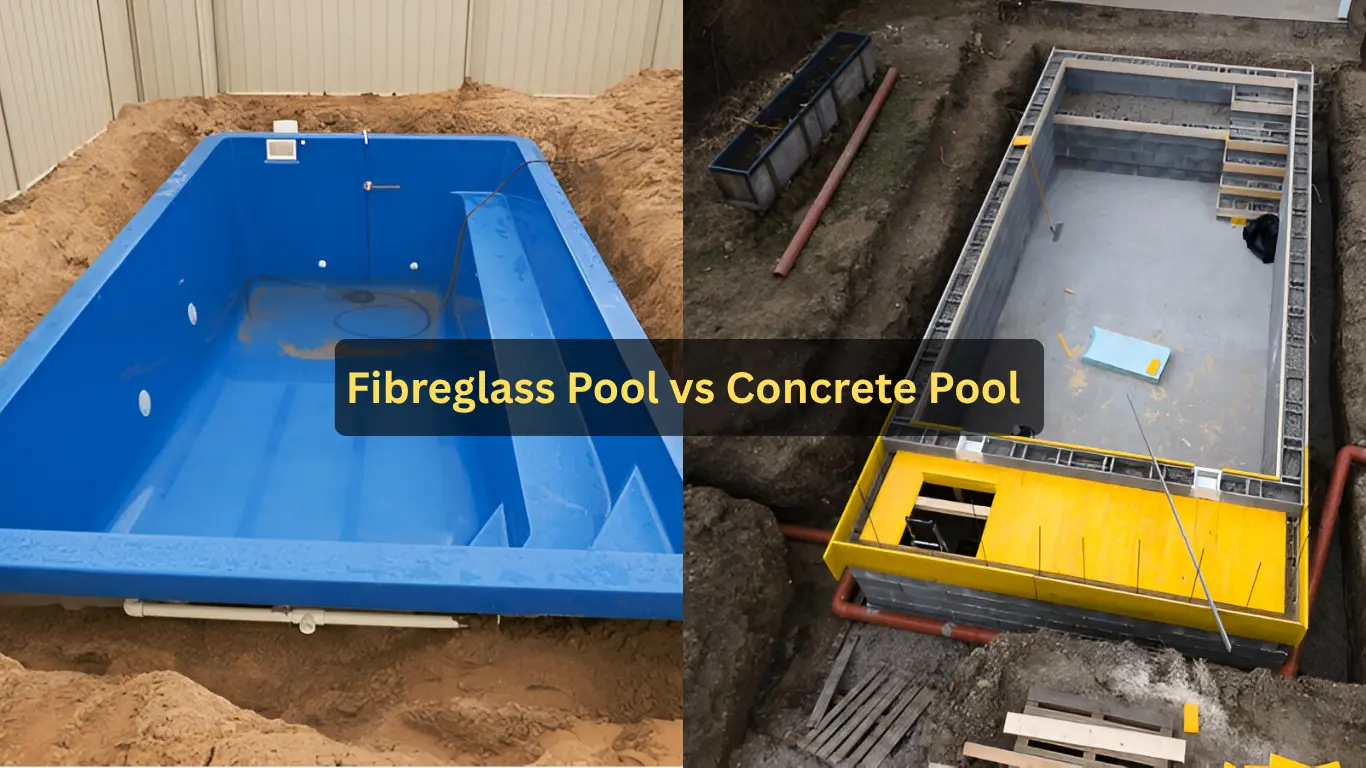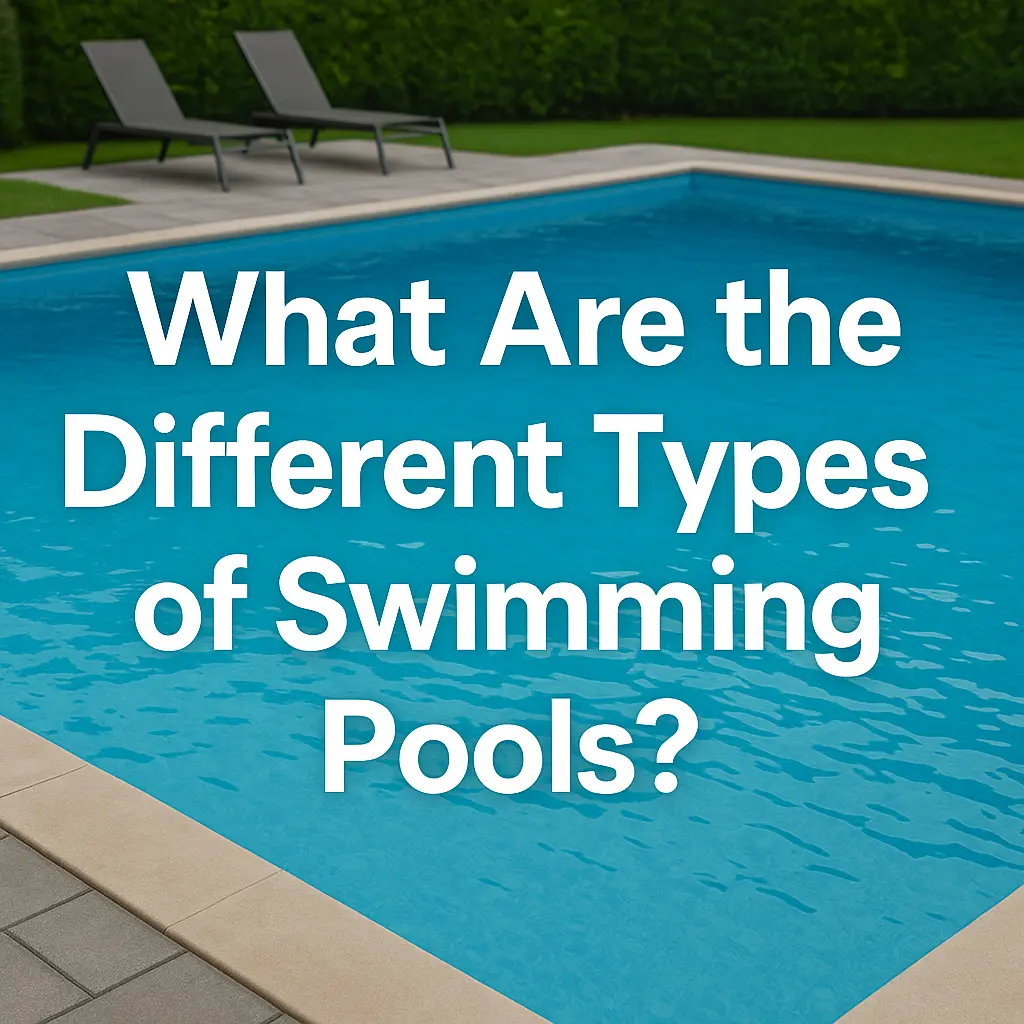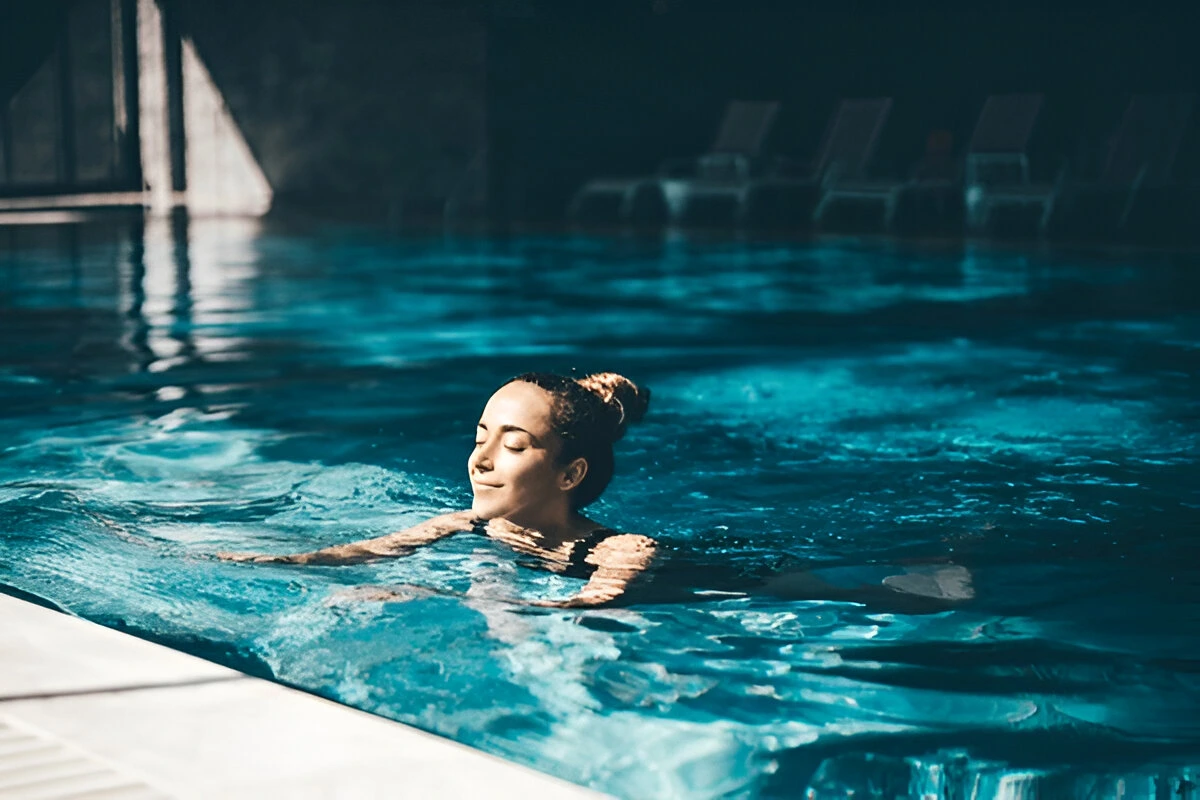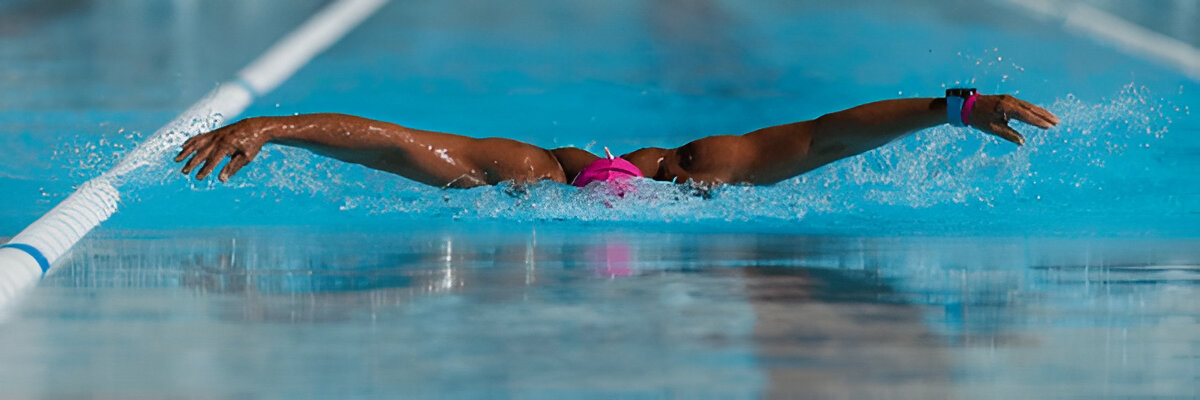How to Lower pH in Swimming Pool?
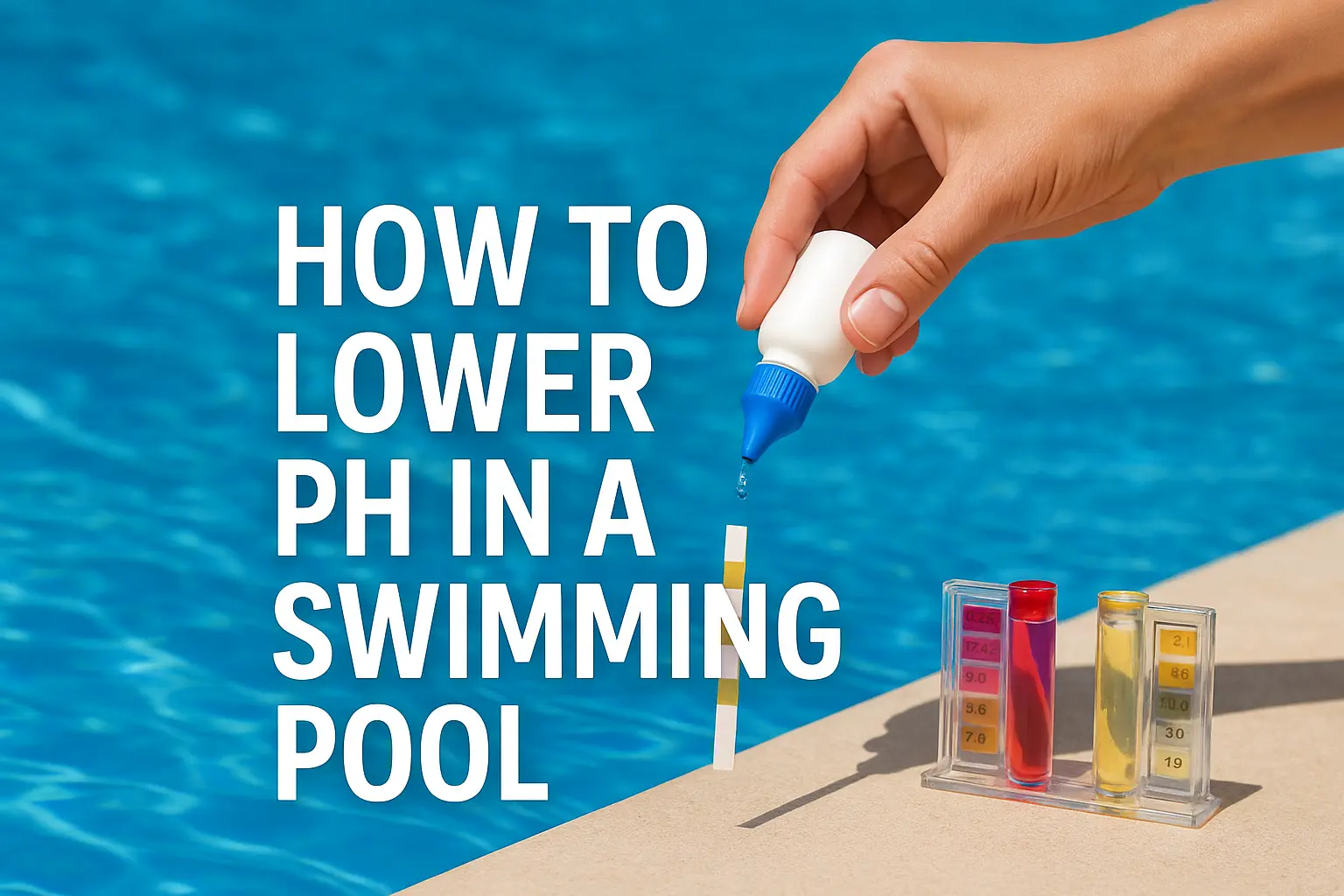
Keeping your swimming pool water balanced is not just about making it look crystal clear—it’s about keeping it safe, comfortable, and equipment-friendly. One of the most common water balance issues pool owners face is high pH levels.
If the pH in your swimming pool is too high, you may notice cloudy water, scaling on pool surfaces, eye and skin irritation, and reduced chlorine effectiveness. Fortunately, lowering pH is not complicated when you know what to do. In this guide, we’ll explain what causes high pH, why it’s a problem, and step-by-step methods to bring it back to the ideal range.
Understanding pH in Your Pool
pH is a measure of how acidic or alkaline your pool water is, on a scale from 0 to 14:
1. 0–6.9: Acidic
2. 7.0–7.6: Ideal range for swimming pools (slightly alkaline)
3. 7.8 and above: Too alkaline (high pH)
Most pool professionals recommend keeping the pH between 7.2 and 7.6 for comfort, safety, and effective sanitation.
Why High pH Is a Problem?
A high pH level in your swimming pool can cause:
1. Cloudy Water – The water can lose its sparkle and look dull.
2. Scaling – Calcium deposits form on pool walls, tiles, and equipment.
3. Skin & Eye Irritation – Swimmers may feel dryness, itchiness, or burning sensations.
4. Reduced Chlorine Efficiency – Chlorine works best at a slightly alkaline level; too high, and it becomes less effective.
5. Pump & Filter Damage – Scaling can clog filters and damage your pool equipment over time.
Common Causes of High pH in Pools
High pH levels can happen for several reasons:
1. High Alkalinity – Total alkalinity acts as a buffer for pH. If alkalinity is high, pH tends to rise.
2. Using pH-raising chemicals – Such as soda ash or baking soda in excess.
3. Filling with alkaline water – Well water or certain municipal supplies can naturally have high pH.
4. Excessive aeration – Splashing, waterfalls, or fountains can cause pH to climb.
5. Algae growth – Algae can increase pH in the pool.
How to Test the pH Level?
Before lowering pH, always test your pool water. You can use:
1. Test strips – Quick and easy, but less precise.
2. Liquid test kits – More accurate for home use.
3. Digital pH meters – Very accurate but require calibration.
Make sure you also check total alkalinity, as this affects how stable your pH will be.
How to Lower pH in a Swimming Pool?
Lowering pH is simple with the right products and approach. The most common chemicals used are:
1. Muriatic acid (hydrochloric acid)
2. Sodium bisulfate (dry acid)
Using Muriatic Acid
Muriatic acid is strong and effective but must be handled with care.
Steps:
1. Wear safety gear – Gloves, goggles, and avoid inhaling fumes.
2. Turn on the pool pump – This helps circulate water while adding acid.
3. Measure the required amount – Use a pool chemical calculator to determine dosage based on your pool size and current pH.
4. Dilute in a bucket – Add acid to water (never water to acid).
5. Pour around the perimeter – Especially near return jets for even distribution.
6. Retest after 4–6 hours – Adjust again if necessary.
Using Sodium Bisulfate (Dry Acid)
Dry acid is easier to handle and store, but works slower than muriatic acid.
Steps:
1. Read the product label – Dosage varies by manufacturer.
2. Turn on the pump – Circulation is key.
3. Pre-dissolve (optional) – Some prefer to dissolve in a bucket first.
4. Broadcast over the pool surface – Avoid dumping in one spot.
5. Allow 6–12 hours – Then retest and adjust as needed.
Addressing High Alkalinity First
If your total alkalinity is high, it can cause pH to keep rising. The process is similar to lowering pH, but you’ll need to use acid in small, repeated doses while aerating the water to stabilize alkalinity before balancing pH.
Tips for Maintaining the Right pH
1. Test your water regularly – At least twice a week during swimming season.
2. Check your fill water – If it has high pH, treat it before adding to the pool.
3. Control aeration – Limit unnecessary water features if pH is consistently high.
4. Avoid overuse of alkaline chemicals – Such as soda ash or baking soda unless necessary.
5. Keep total alkalinity in range – Ideally 80–120 ppm.
Safety Precautions When Handling Pool Acids
1. Always store chemicals in a cool, dry place away from children and pets.
2. Never mix acids with chlorine products—it can produce dangerous gases.
3. Handle in a well-ventilated area.
4. Rinse tools and measuring cups thoroughly after use.
When to Call a Professional?
If your pH is constantly high despite adjustments, there could be underlying issues like:
1. Continuous source of high-alkaline water
2. Malfunctioning chemical feeders
3. Algae or contamination problems
A pool professional can perform a full water analysis and recommend permanent solutions.
Maintaining the right pH in your swimming pool ensures a pleasant swimming experience, protects your pool equipment, and keeps sanitizers working effectively. By using the right testing methods, correct chemicals, and safe handling practices, you can easily lower your pool’s pH and keep it in the perfect range.
Regular monitoring and small, timely adjustments are the keys to avoiding big water chemistry problems later on. Keep your pH between 7.2 and 7.6, and your pool will stay clean, clear, and inviting all season long.
Keep your water crystal clear and swim-ready all season long. Invest in a reliable pool cleaner today and make pool maintenance effortless. Order yours now!

